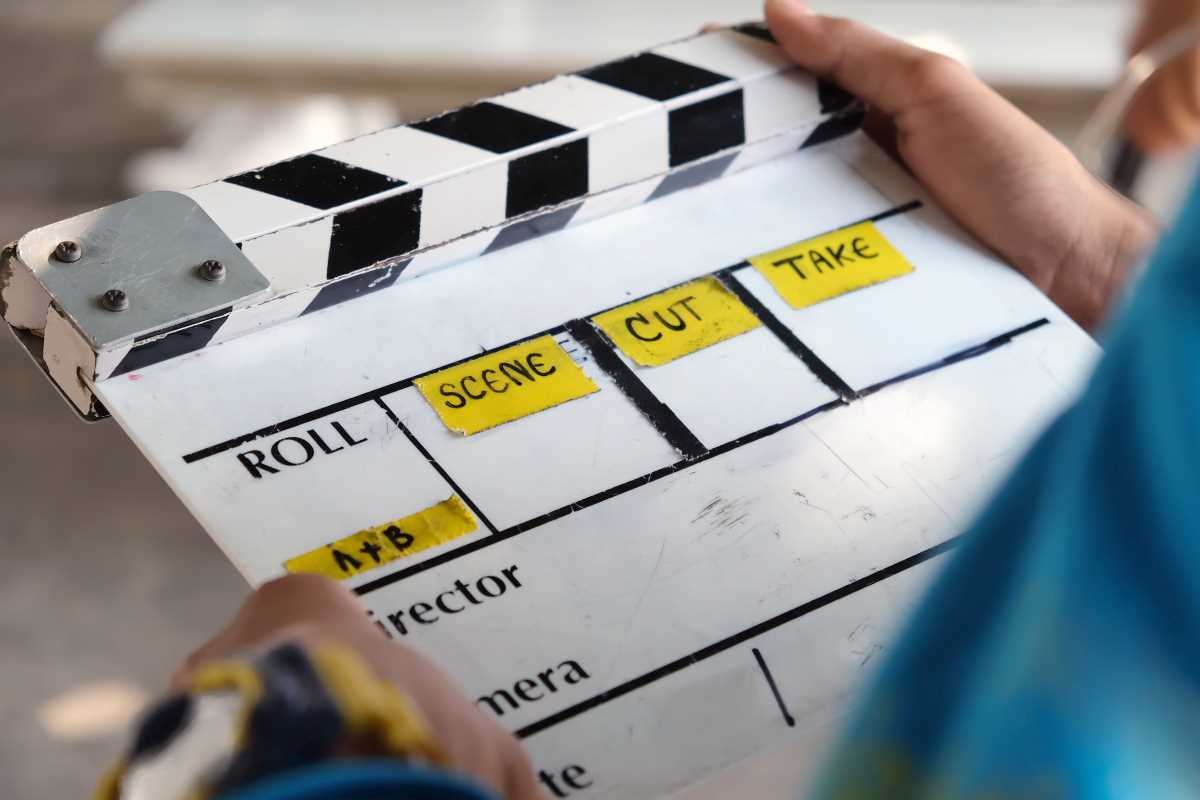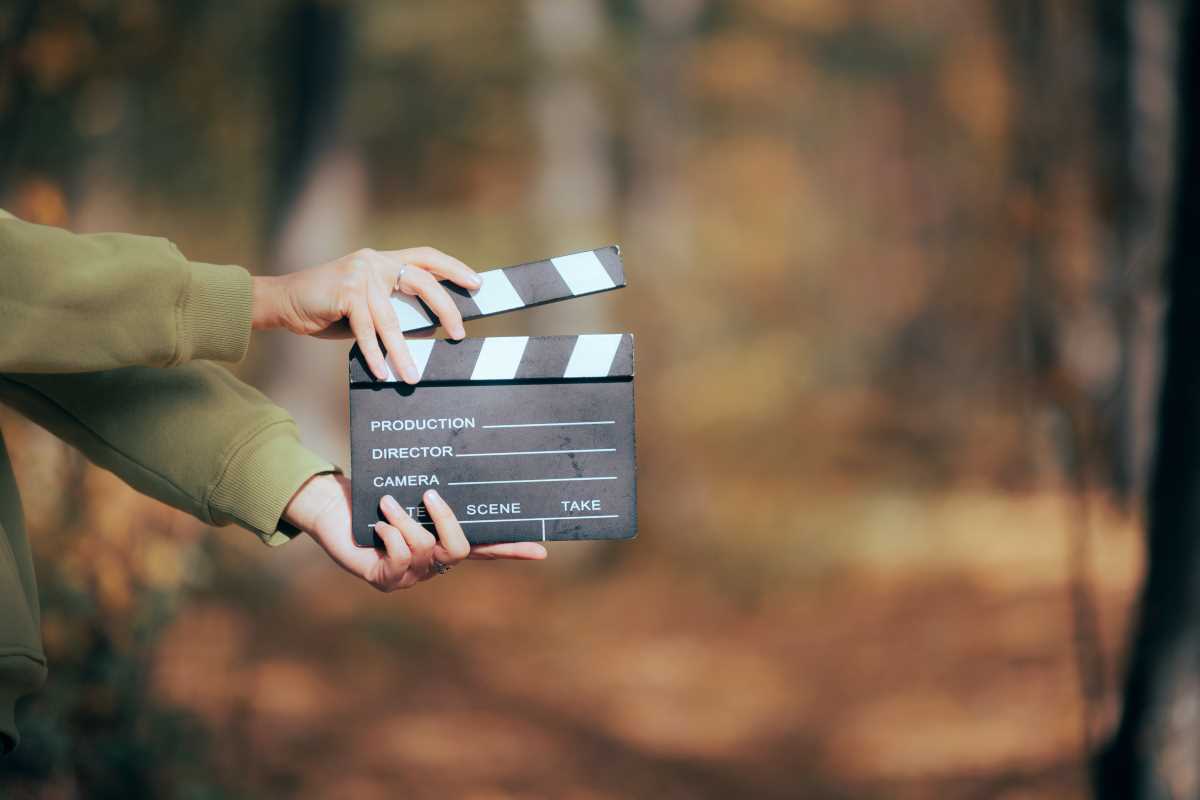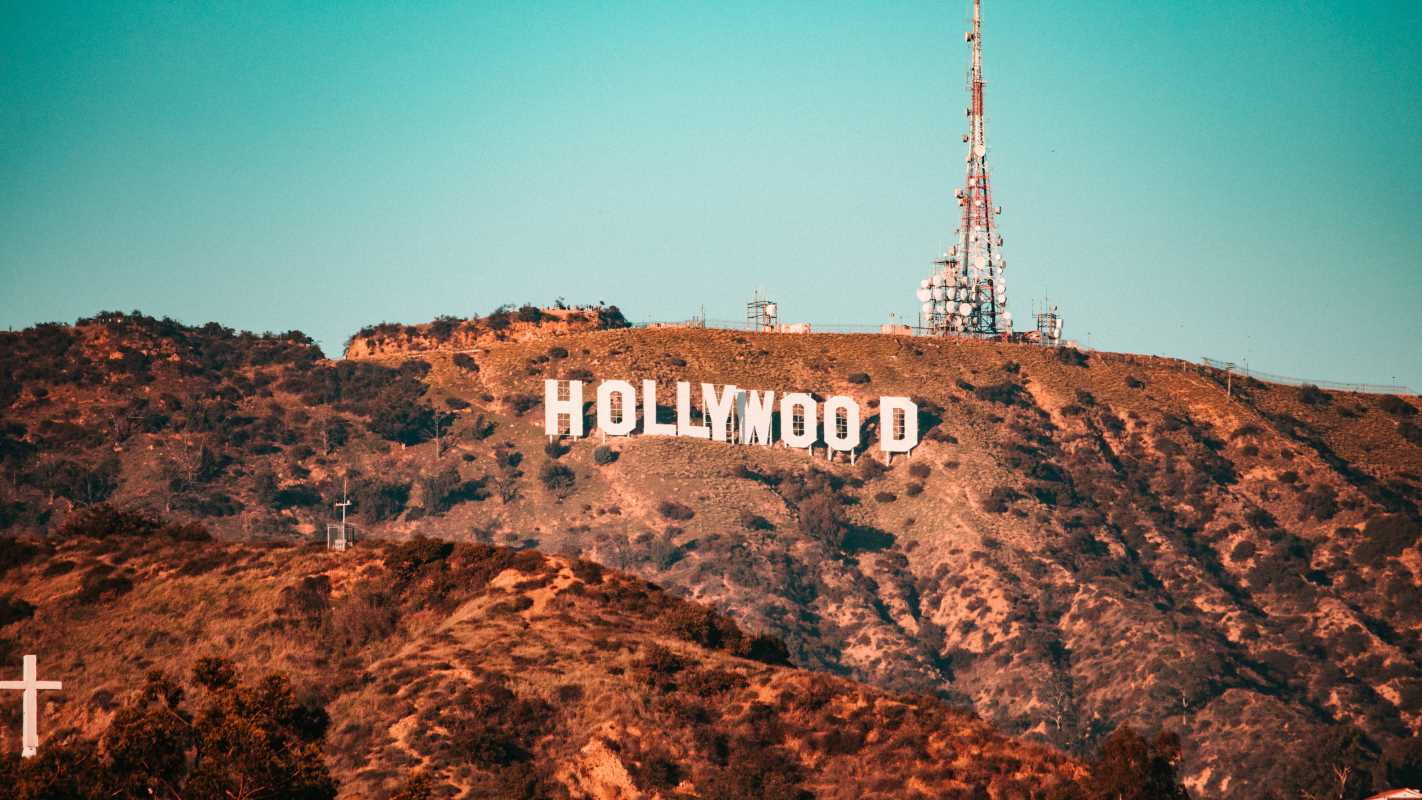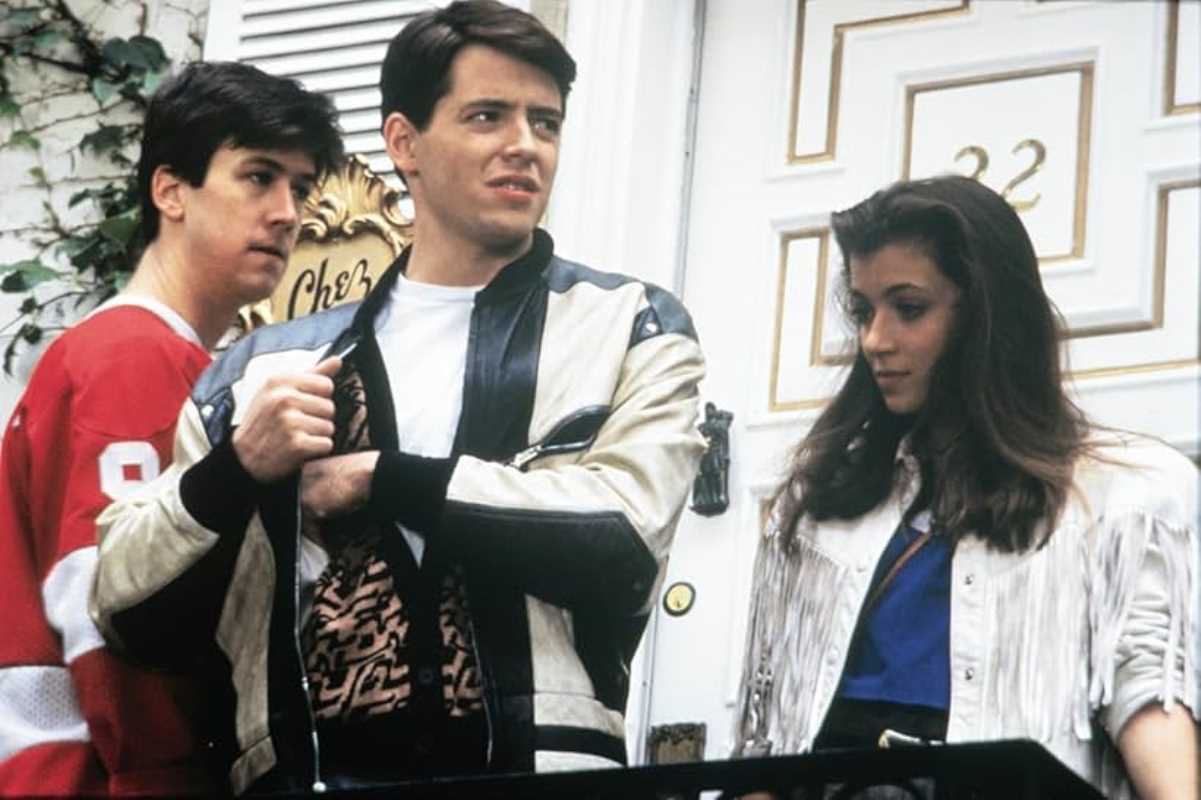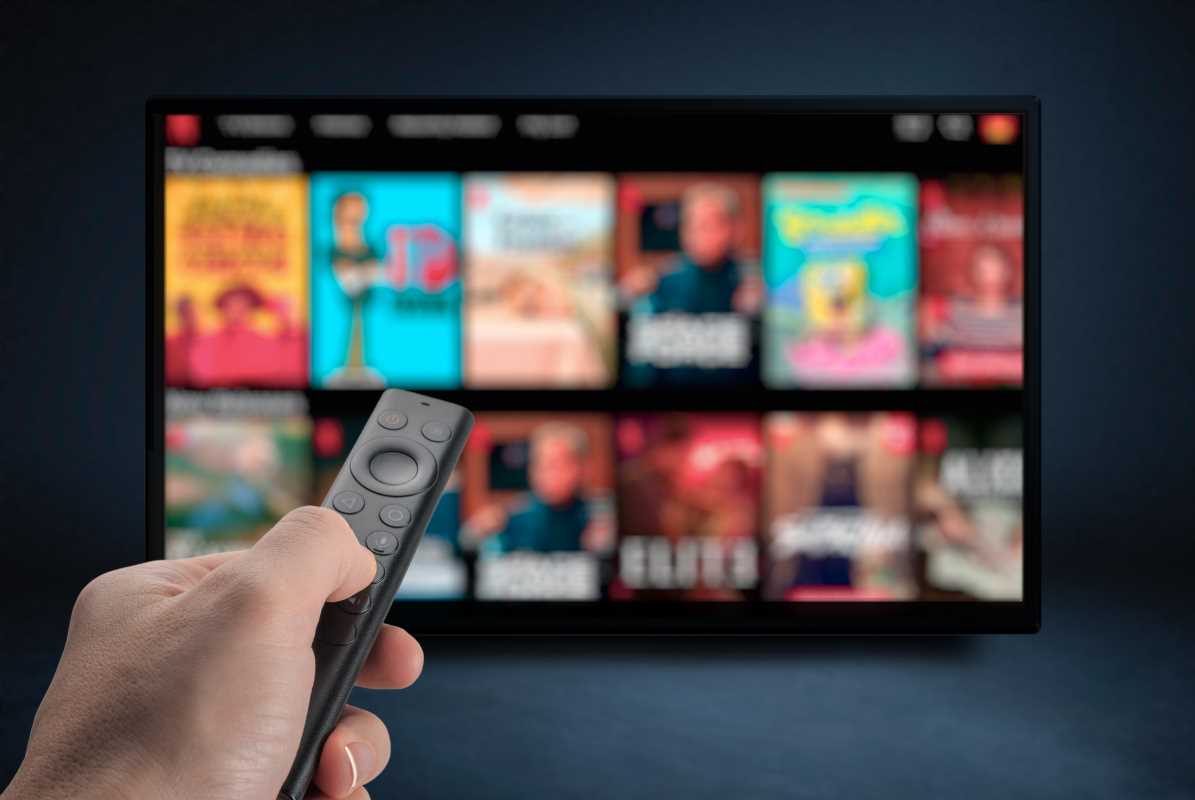Sound design is an unsung hero in filmmaking, a craft that not only enhances the atmosphere of scenes but also drives the emotional currents of the narrative. This article delves into the nuanced world of sound design, exploring how professionals in this field use their skills to elevate the cinematic experience beyond the visual spectacle.
Creating Atmosphere Through Ambient Sounds
Every setting in a film has a unique sonic signature that sound designers meticulously craft. These background noises, whether the bustling streets of a city or the tranquil chirps in a forest, are pivotal in making the environments feel real and immersive.
- Ambient sounds are collected through field recordings where sound designers capture real-world sounds that match the film’s setting.
- These sounds are layered subtly under dialogue and action, providing a textured backdrop that enriches the visual storytelling.
Enhancing Emotions with Soundscapes
Sound designers employ soundscapes to evoke specific emotions, using audio to complement the visual cues on screen. This technique is particularly effective in pivotal scenes, heightening the intended emotional response from the audience.
- By manipulating the pitch, volume, and tempo of background scores, sound designers can make a scene feel tense, joyful, or terrifying without overt visual cues.
- Tools like synthesizers and digital audio workstations allow for the creation of unique sounds that can be tailored to evoke specific feelings, enhancing the narrative without overpowering it.
Dialogue Clarity and Impact
Ensuring that dialogue cuts through the mix clearly is paramount, as it carries the story’s narrative and emotional weight. Sound designers work meticulously to balance clarity with the authenticity of the environmental acoustics.
- Microphone selection and placement are crucial in capturing clear dialogue, especially in challenging environments.
- Advanced noise reduction and audio editing software are used post-recording to clean up the tracks, ensuring that every word is heard without losing the natural quality of the voices.
Synchronizing Sounds to Visuals
The precise timing of sound effects with visual actions—known as Foley—adds a layer of realism to the film. This synchronization is crucial for maintaining the audience’s suspension of disbelief.
- Foley artists recreate everyday sounds in post-production studios to match the visual actions, such as footsteps or the rustling of clothing.
- Each sound effect is timed to frame-perfect accuracy, ensuring that the audio cues match the on-screen actions exactly.
Using Music to Guide the Narrative
Music is a powerful tool in a sound designer’s toolkit, used to guide the audience’s emotional journey and provide rhythmic pacing to the film.
- Sound designers work closely with composers to integrate the musical score seamlessly with the film’s atmospheric sounds and dialogue.
- Strategic placement of musical cues helps to underscore critical moments in the story, subtly guiding the audience’s emotional response without overshadowing the narrative.
Dynamic Range to Build Intensity
Manipulating the dynamic range of the soundtrack can greatly impact the intensity and focus of a scene. Quieter moments can make the loud ones feel more explosive and vice versa.
- Compression techniques are often used to maintain the energy of the soundtrack during quieter scenes while preserving the impact of louder moments.
- This dynamic manipulation not only enhances the dramatic effect but also helps maintain audience engagement throughout varying scene intensities.
Auditory Foreshadowing: Hints and Clues
Sound designers sometimes use auditory cues as foreshadowing tools, offering subtle hints that can signal future plot developments.
- Recurring sound motifs or subtle changes in the background ambiance can alert viewers to important narrative shifts before they occur visually.
- This layer of auditory foreshadowing enriches the storytelling, providing a more engaging and immersive viewing experience.
By understanding these intricate techniques, we gain a deeper appreciation for the art of sound design in film, recognizing its crucial role in shaping our cinematic experience. From creating immersive environments to enhancing emotional depth and narrative pacing, sound designers are integral to the magic of movies, proving that what we hear is just as important as what we see.
